
Inspiration
Form watches, i.e. watch movements housed in a shaped and decorated gold or silver case, were made in Europe primarily in the 19th century in various forms, typically a fruit such as an apple or pear, insects or as a musical instrument such as a harp or a violin (photo 1). They are highly decorative, luxury items and the enamel was often inlaid with gold cloissonné wires overlaid with a painted decoration fired on. As expected they have conventional lock and fly springs for the case lid, to be able to open and read the watch face (photo 2).
Having already made a number of pieces containing enamel over the top of engine turned patterning I was attracted by the work of Phil Barnes who made use of various types of hand engraved decoration covered with vitreous enamel. I therefore chose to make a small scale violin with the hand engraved decoration covered in a suitable coloured enamel to help to replicate the nature of the wood. I was tempted by the idea of making it to house a watch movement, such as a good quality verge movement lacking its original, probably gold case, but rejected this to make a unique item. I did however adopt the bulbous shape of these stringed instrument case styles, based on the need to house a circular movement, resulting in a more ‘cello-like’ result.
The case
The body and back were each formed by hydraulic pressing of 0.8mm thick silver sheet into a violin shaped Perspex cut-out using urethane rubber, a highly flexible rubber which returns to its original shape. The attractively domed form for both the body and back then had the edged knocked over to create a stiff rim. For the body, now 60mm long by 42mm wide, a shaped strip was bent to match the inside profile of the rim. It was a bit tricky to bend the strip to fit neatly but patience won and it was then soldered in position (photo 3).
Denne historien er fra 4626-utgaven av Model Engineer.
Start din 7-dagers gratis prøveperiode på Magzter GOLD for å få tilgang til tusenvis av utvalgte premiumhistorier og 9000+ magasiner og aviser.
Allerede abonnent ? Logg på
Denne historien er fra 4626-utgaven av Model Engineer.
Start din 7-dagers gratis prøveperiode på Magzter GOLD for å få tilgang til tusenvis av utvalgte premiumhistorier og 9000+ magasiner og aviser.
Allerede abonnent? Logg på
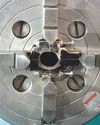
WORKSHOP TIP - Boring Eccentrics
I am making a 1 inch Minnie traction engine and have arrived at the machining of the eccentric straps.
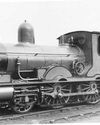
Wenford A 7¼ Inch Gauge 2-4-0 Beattie Well Tank
The stage has now been reached where the well tank body can be completed but beforehand there are some internal details to add.
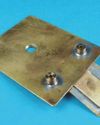
Vertical Boiler Locomotives
Vertical Boiler Locomotives
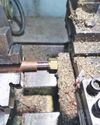
Union Nuts, and How to Make Them
These are quite different from those commercially available and are made from copper
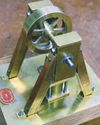
SHOWCASE Paul's Engine
One day my son Paul came to me and asked if we could make something in my workshop, so that he could learn engineering processes.
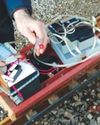
CLUB NEWS
My secret’s out!
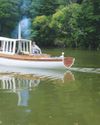
Building Dancer - The Boiler
Dancer needed a boiler that would be somewhat larger than the size permitted under the Model Engineering exemptions in the New Zealand regulations.
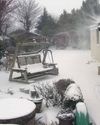
An Inverted ‘Ross Yoke' Watercooled Stirling Engine
As with all my hot air engines they are cheap to build, mostly from scrap
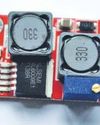
A Draught Proposal
A Draught Proposal
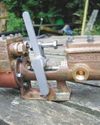
A Boiler Feed Pump
A Boiler Feed Pump